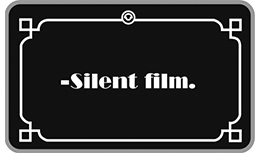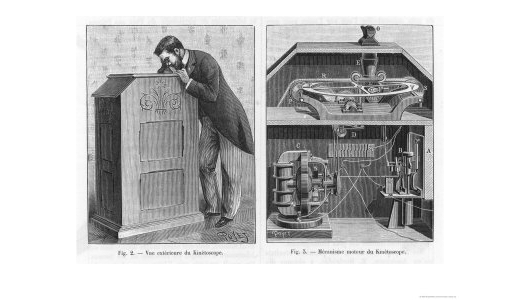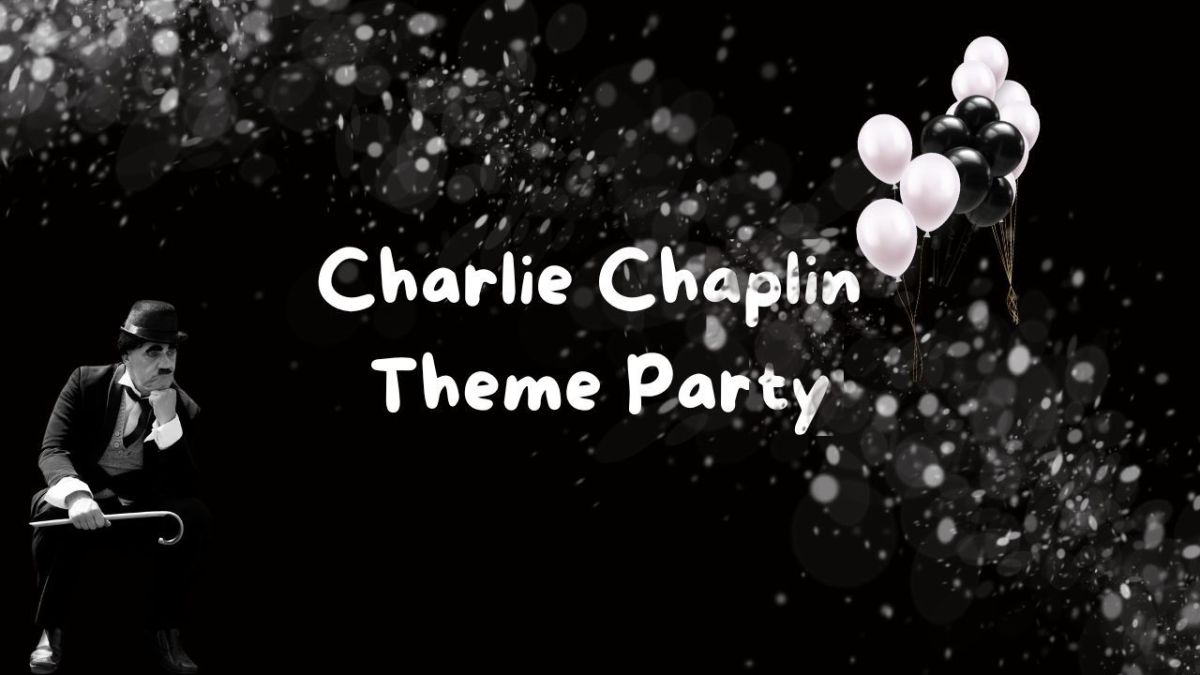Silent Films

The Silent Film Era
The era of silent films spanned some 30 years, from 1894, when Thomas Edison's kinetoscope film peepshow was shown in New York, to 1927, when Warner Brothers presented its first talking film, The Jazz Singer.
The kinetoscope consisted of a coin operated cabinet, inside which a length of film revolved on spools. The films, which ran for less than a minute, were about 15 meters long. The subjects of Edison's films were simple and designed to exploit photographic movement - portions of boxing matches, vaudeville acts and waves breaking on the shore.
Birth of the Film Industry

Buy Edison's Kinetoscope print at Allposters.com
In 1894 the kinetoscope was introduced into Europe, which led to the development of motion picture projection. In France Louis Lumiere (1864-1948), a photographic manufacturer, and his brother Auguste (1862-1954) patented a camera projector device, the cinematograph. In England Robert W. Paul (1869-1943), an instrument maker, built a projector in 1895 and named it the theatrograph and in the USA Thomas Armat contrived a competent projector known as the vitascope. A demonstration of the vitascope, projecting Edison films, was held at Kosterand Bial's Music Hall in New York City on 23 April 1896.
At first films were very short and consisted of melodrama, comedy or recorded theater. In France the cinema was developing in two directions, the living picture and the theatrical picture. In 1895 Louis and Auguste Lumiere showed films, usually taken outdoors, depicting realistic situations - for example, a newsreel account of their employees during a lunch break, A Train Entering the Gare de Ciotat; and Le Repas du Bebe (The Baby's Meal). At the same time the Lumieres produced a comedy entitled L'Arroseurarrose (A Practical Joke on the Gardener). Early in 1896 conjuror Gearges Melies (1861-1938) introduced fantasy films. Besides playing the central role in all his films he supervised the basic photography, direction, script and special effects. He mastered the procedures of slow and fast motion, double exposures, fades and dissolves. Melies increased the length and types of films and exploited the narrative possibilities of film making. His first film, Une Partie de Cartes, in which he was one of the card players, was shown in 1896. Melies completed approximately 450 films between 1896 and 1908, his most famous being the fantasy A Trip to the Moon (1902).
By the turn of the century film-making was developing in England, the USA and Australia. In 1899 the first British studio was built outside London by R.W. Paul, after Edison had refused supply of films from America. In the same year J.H. Perry made the first film in Australia, The Early Christian Martyrs, for the Salvation Army. In 1903 the inventor Edwin S. Porter (1870-1941) directed the first major American film, The Great Train Robbery. This eight minute movie, which consisted of 14 scenes, demonstrated the value of 'cutting' and switching from one scene to another. Porter established the tradition of studio scenes and edited outdoor shots. The Great Train Robbery established the pattern of the American adventure film and has often been described as the first Western.
The Great Train Robbery
Feature Film
Before World War I the Italian cinema was dominant. In 1912 the American producer Adolph Zukor imported a French made production presenting the great Sarah Bernhardt in a four reel film called Queen Elizabeth (1912). Among the features that followed was the long Italian spectacular Quo Vadis in 1913 and in 1914 another Italian spectacle, Cabiria, was also shown in the United States.
The most outstanding film of its era, The Birth of a Nation, was about the American Civil War, completed in 1914 by American film-maker David Wark Griffith (1840-1948). Griffith created unbelievable effects, using every known camera technique- long shots, close ups, the fast overhead traveling shot, the split screen and wide panoramas. Following the success of The Birth of a Nation, which eventually brought in a profit of 20,000,000 dollars, Griffith devoted two years to a much more complicated and ambitious film, Intolerance (1916), often considered the greatest motion picture ever made.
Along with feature length films came the era of elaborate theaters, large studios, fantastic expenses and great screen stars.
The most popular stars of the period were Mary Pickford (1893-1978), Charlie Chaplin (1889-1977) and Douglas Fairbanks (1883-1939). World War I had forced most studios in Europe to close down and soon the American film industry dominated the world market. Hollywood became the movie capital of the world. Vast fortunes were made. New stars appeared, such as Rudolph Valentino (1895-1926), the Latin lover, and Theda Bara (1890-1955), the vamp. The major director of the period 1918 to 1923 was Cecil B. de Mille (1881-1959).
However, in spite of Hollywood's successes, the great artistic developments for the next decade came from Europe, in particular from Germany and Russia.
Intolerance
Germany Film Industry
In Europe after World War I Expressionist cinema became popular. An early example is the revolutionary movie The Cabinet of Dr Caligari (1919), a story based on a madman's nightmare, directed by Robert Wiene (1881-1938). The abstract décor of twisting passages and distorted buildings was designed to reflect the nightmare visions of a madman. Another German director, F.W. Murnau (1889-1931), used similar stylized décor in Nosferatu (1922), loosely based on the Dracula theme.
Germany's film industry began to supply cinemas throughout the world. German technicians, actors, directors and producers were attracted to one mammoth studio, Universum Film AG (UFA), the largest and best equipped studio in the world. An important development in German movies was the use of high quality scripts. In The Last Laugh (1924) screenwriter Carl Mayer and cameraman Karl Freund joined Murnau in experimenting with camera movement. There are no captions in The Last Laugh and the story is told in a series of imaginative camera movements. Early in the film they mounted the camera on a tricycle in a descending elevator.
German film makers attracted the attention of Hollywood and were soon lured to California to make money. Because of the emigration of its best talent UFA collapsed and German films gradually declined in quality after 1925.
The Last Laugh
Russian Film Industry
During the 1920s the film makers Sergei Mikhailovich Eisenstein (1898-1948) and Vsevolod I. Pudovkin (1893-1953), supporters of the Bolshevik Revolution, directed films with a new intelligence, didactic purpose and ideological content.
Often referred to as one of the silent cinema's greatest directors, Pudovkin made Mother (1926) and End of St Petersburg (1927). Eisenstein edited shots to achieve the shock effects he wanted. Classic examples of his technique can be seen in The Battleship Potemkin (1925).
Mother
1920s Hollywood
The 1920s was the golden age of screen comedy. Such films were woven around the talent and distinct personality of the comic actor such as Chaplin, Buster Keaton (1895-1966), Harold Lloyd (1893-1971) and W. C. Fields (1879-1946). Westerns were produced by outstanding American directors such as Frank Capra (1897-1961) and John Ford (1895-1973). American audiences began to favor the more sophisticated films and three of the greatest American directors of the period (though the first two were German born) emerged: Erich von Stroheim (1885-1957), Joseph von Sternberg (1894-1969) and Robert Flaherty (1884-1951). Von Stroheim's films were artistic and excessively realistic, as demonstrated in Foolish Wives (1922) and Greed (1924). Joseph von Sternberg was famous for the way in which he filmed women, particularly Marlene Dietrich.
Flaherty began a vogue of documentary films. He used no studios or stars and traveled to Canada where his first film, Nanook of the North, told of an Eskimo's hard life.
The silent film died when movies incorporated sound in 1927. The 'talkies' proved a great success. By 1930 silent film had all but disappeared, with occasional exceptions such as Flaherty's Tabu (1933), and Chaplin's City Lights (1931) and Modern Times (1936).
Foolish Wives
Modern Times
More Info on Silent Films
A silent film is a film with no synchronized recorded sound, especially with no spoken dialogue. In silent films for entertainment the dialogue is transmitted through muted gestures, pantomime and title cards. The idea of combining motion pictures with recorded sound is nearly as old as film itself, but because of the technical challenges involved, synchronized dialogue was only made practical in the late 1920s with the perfection of the audion amplifier tube and the introduction of the Vitaphone system. After the release of The Jazz Singer in 1927, "talkies" became more and more commonplace. Within a decade, popular production of silent films had ceased.








